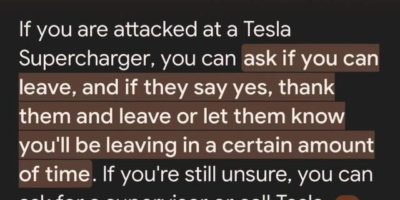A new law will take effect in Delaware this December, making it the eighteenth state to decriminalize possession and recreational use of up to an ounce of marijuana. Marijuana has fast become the next big industry in those states that have fully legalized it, and legalization has, as expected, crippled the demand for illegally grown and smuggled weed from Mexico; American dispensaries responding to the anticipated market demand with literal greenhouses of potent, exotic new strains such as Golden Goat and Oaktown Crippler. The resulting produce is labeled for potency and graded by plant strain, and marketed as a gourmet product to the masses, which American marijuana consumers are increasingly turning to in favor of an untested and unregulated black market product grown illegally in the mountains of Mexico. One of the fastest growing sectors of the US economy (due to the huge spurt in legal, tax paying marijuana related companies), optimistic investment firms predict that the industry may top $4 billion by 2016.
While analysts remain cautiously optimistic about the long-term impact of this shift on the flow of money to Mexican cartels, Mexican police have reported a sharp decline in gang-activity related homicides, and the price of pot on the other side of the border has dropped due to reduced demand from the American market. While the US border patrol has been seizing smaller quantities of marijuana every year, it now appears that the cartels have been diversifying their criminal portfolio, from stealing crude oil off Mexican pipelines to sex trafficking. Border patrol agents have noticed a sharp increase in the amount of hard drugs smuggled over the border, only some of which gets nabbed by authorities; U.S. Homeland Security agents seized a record 35,000 pounds of crystal meth in 2014. The White House estimates that Americans spend about $100 billion on illegal drugs every year.
As the profitability of Mexico’s hand wrapped, seedy marijuana continues to slump, drug farmers are flooding the market with opium derived black tar heroin. The cartels then deploy people as carriers to smuggle the product by hiking through the Arizona borderlands, or send commercial trucks into Texas with the cargo disguised. One of the most curious responses to the market for legalization has been how the cartels have taken to smuggling high quality American marijuana back down south to Mexico, where the marijuana is generally of much lower quality. The DEA alleges that traffickers are smuggling and distributing US grown marijuana across the border, acting predominantly from states with fully legal and operational high quality medical marijuana dispensaries such as Colorado.
Whereas in the past the vast majority of Marijuana was produced in Mexico and moved north, the superior quality of the bud produced by American entrepreneurs has caught the eye of the cartels, always concerned about their own profit margins; American weed is reportedly worth three to four times once it crosses the border. While these claims are yet to be substantiated by hard numbers, government officials appear more concerned with the increasing volumes of cocaine, meth and heroin smuggled over the border, where a significant portion of the population already has issues with prescription pill addictions.




Leave a Reply